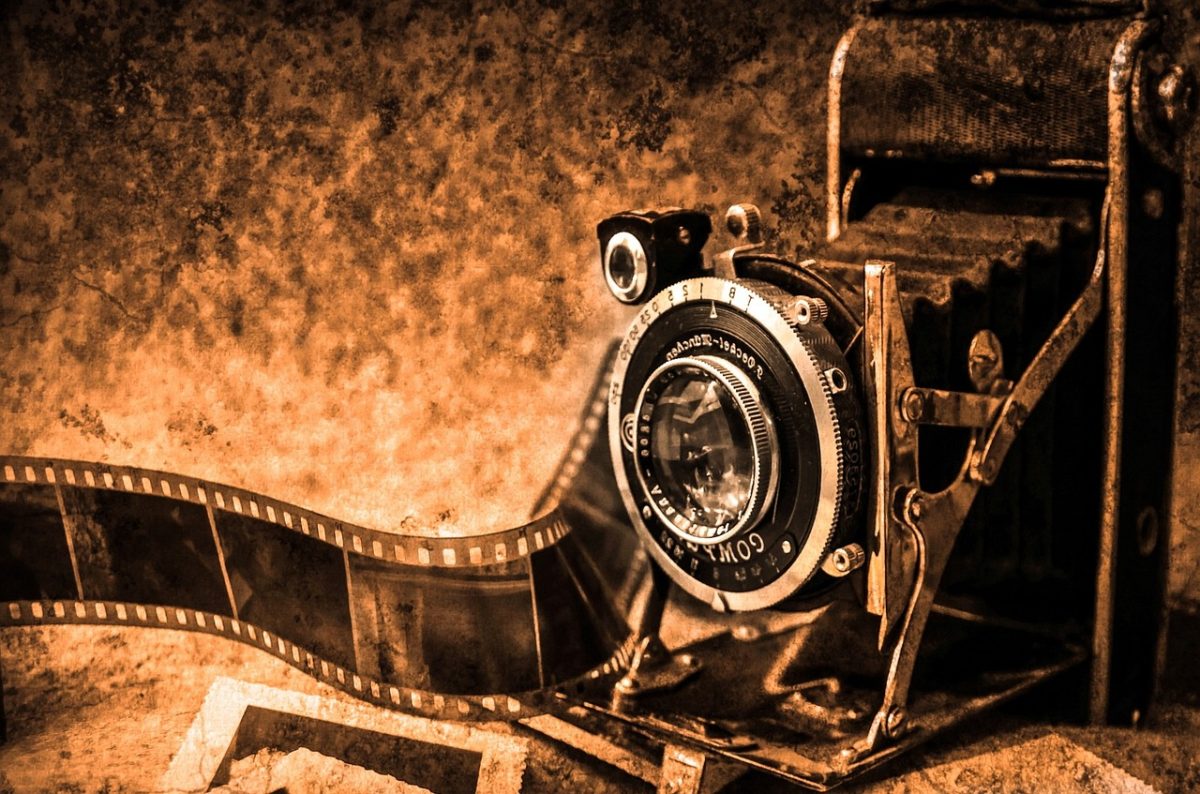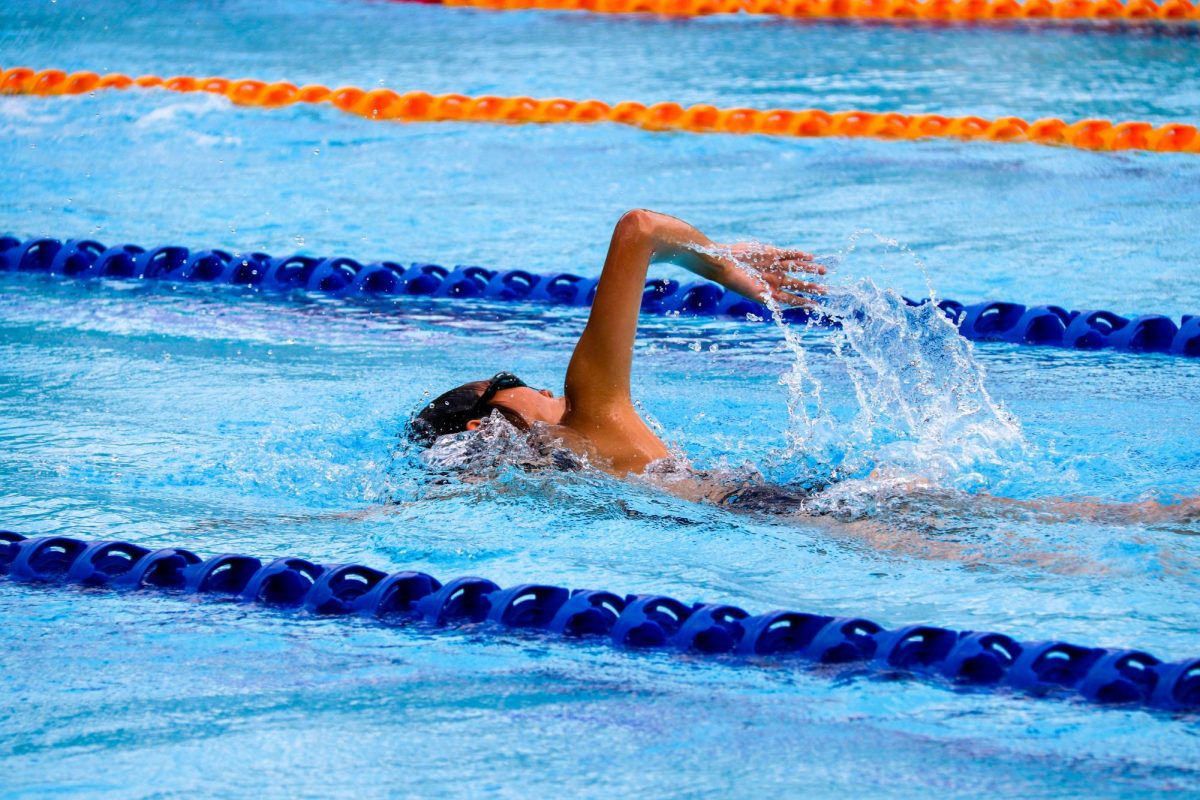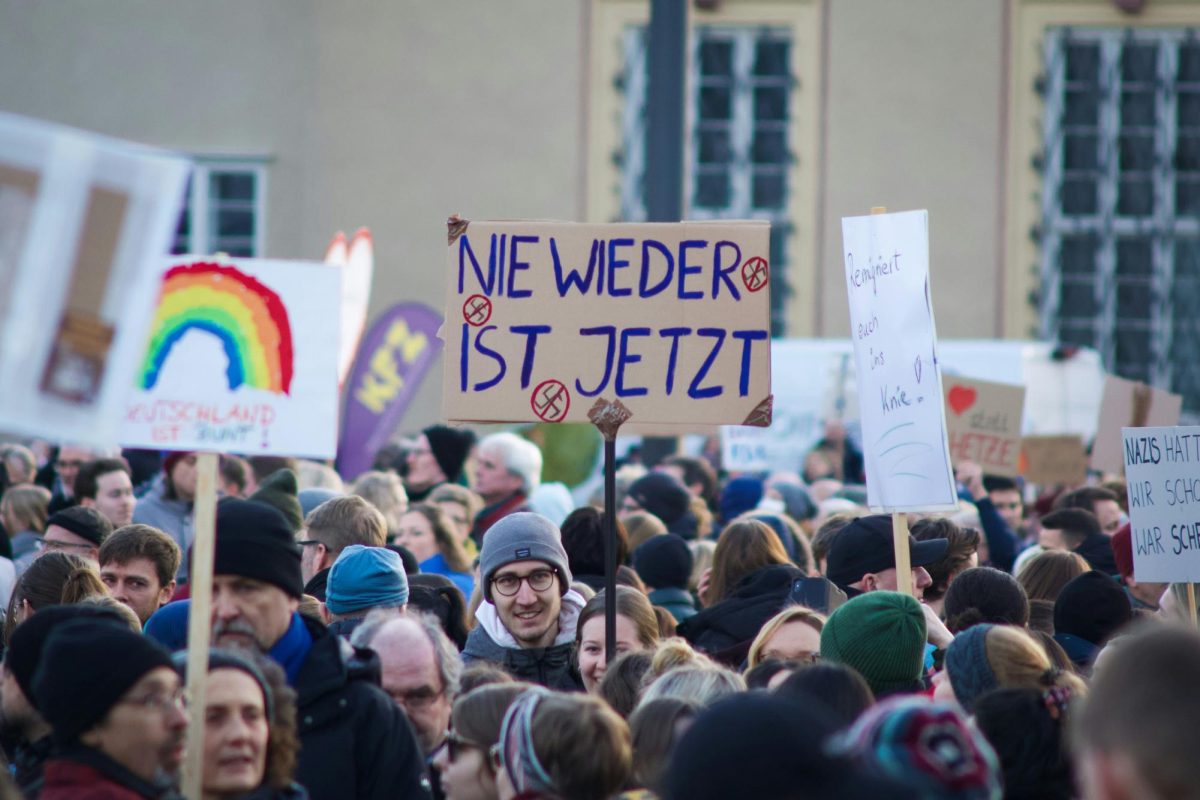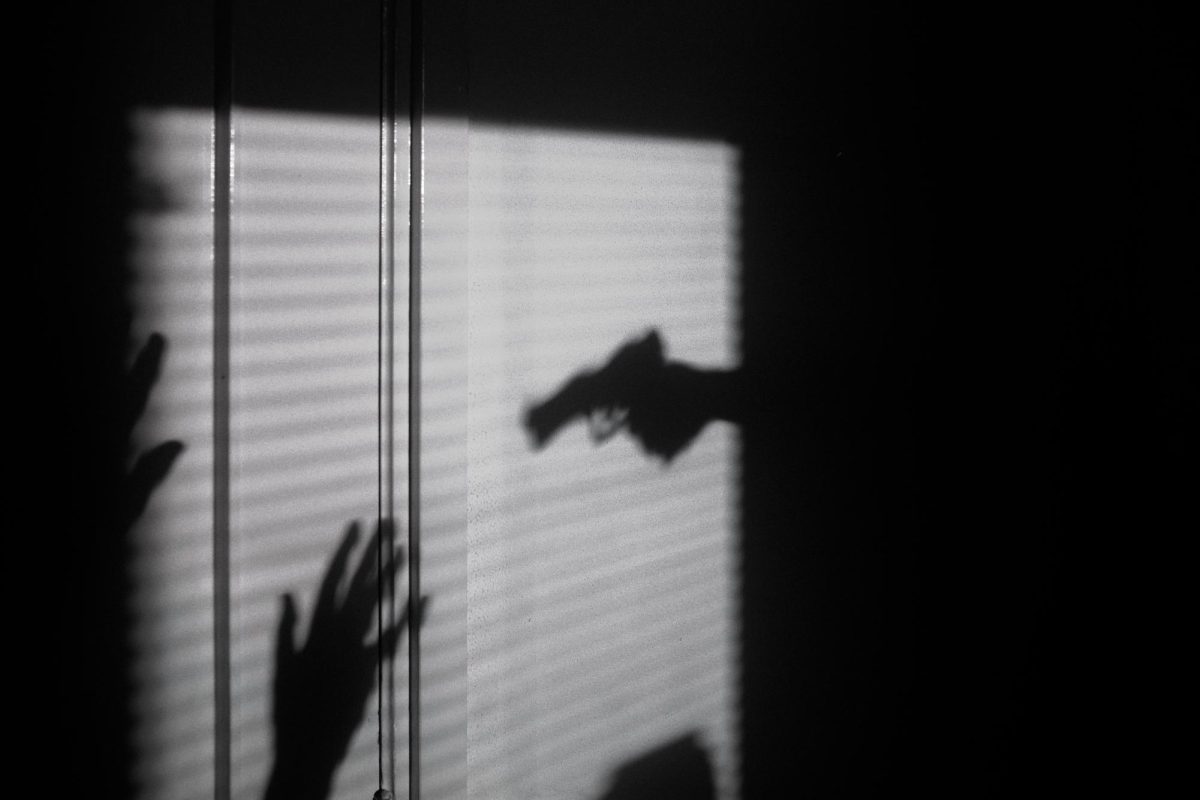A lesser-known but vitally important method that authoritarian leaders employ to control their country is photo manipulation. While we are all familiar with the modern uses of Photoshop in advertisements and by celebrities, photo manipulation has been used since the early 1900s to influence the minds of people living under dictatorial regimes.
A dictator’s image is one of the most important things to them as it solidifies the myth of their greatness. This so-called strong man image is vital propaganda that can sway a population to follow a leader. For example, a photo of Benito Mussolini on horseback had a handler removed to make it look like Mussolini had full control of the horse without needing someone to hold the horse. The image now looks more heroic and portrays Mussolini as a capable leader, this controls the way that the public sees him and will therefore manipulate how they think of him. This is a small edit that seems to have little to no historical impact, but it is a good example of how vain authoritarian leaders can be and the extent they will go to protect their image.
Joseph Stalin is well known for his removal of people with whom he disagreed, both from the earth as well as from photographs. When in 1938 Nikola Yezhov was secretly arrested, tried, and executed after being denounced by a fellow deputy, Stalin removed him from all photographs he was in (which must have been a great feat as he had been Stalin’s right-hand man until his death). Stalin even went as far as removing up to three people from his photographs over the years as they fell from his favor until he was the sole person in the photo. While this controls the narrative that Stalin wanted to present to the USSR, he also used photo manipulation to rewrite history.
As Stalin was consolidating his position and securing his role as leader he made sure to write himself into the birth of the USSR as well as erasing key members. Leon Trotsky had worked closely with Vladamir Lenin to create the USSR and it was widely believed that he would take over from Lenin when the later died. For this reason, Trotsky had to be removed from past photographs so that Stalin seemed like the most reasonable person to follow Lenin and removed Troksy as a political rival. After all, Trotsky could not stage a coup without popular support, and if the populous forgot how key a member of the Communist Party he was, they would have no reason to follow him. Vice versa, Stalin also inserted himself into photographs with Lenin while also ensuring that he looked stronger and healthier than he really was. This would equate Stalin and Lenin’s positions in the Party as well as imply that Stalin was actually better fit to lead than Lenin was.
This method of removing political rivals is commonplace throughout dictatorships and although Stalin was arguably the best at it, other leaders also employed it to rewrite history. Mao Zedong removed Bo Gu from photographs when he was accused of “political misjudgments” and was killed in a plane crash. This shows especially how Mao not only used photography to manipulate the narrative but even orchestrated Bo’s death so as to not directly implicate Mao himself. Across the ocean, Fidel Castro removed Carlos Franqui from old photographs after Franqui condemned Soviet involvement in Czechoslovakia while in exile in Italy.
More recently, the Kim regime in North Korea has been using photo manipulation for years. A more well-known example being a photograph of Kim Jung-Un in front of a nuclear missile launch. This deviates slightly from past examples since this photo could be used for domestic propaganda but is more likely to be used for international intimidation. The fear of nuclear war has been present since the Cold War and increasing with international tensions rising. This change in photo manipulation tactics portrays an interesting motivation of Kim who likely has to focus less and less on domestic propaganda since his family has been consolidating power in North Korea for three generations. This allows him to focus on his image on an international stage where he seems to be trying to increase his power and influence.
All in all, photo manipulation in the wrong hands can lead to the falsification of reality and manipulation of society. While this is on a major scale, common everyday photo manipulation should still be looked upon with suspicion and no image that seems even slightly out of place should be taken at face value, especially today with the growing accessibility to not only photo manipulation tools but the increasing popularity of AI art. This doesn’t mean that everything is a lie, but everything should be looked at with critical thinking and logic before being accepted as fact.






